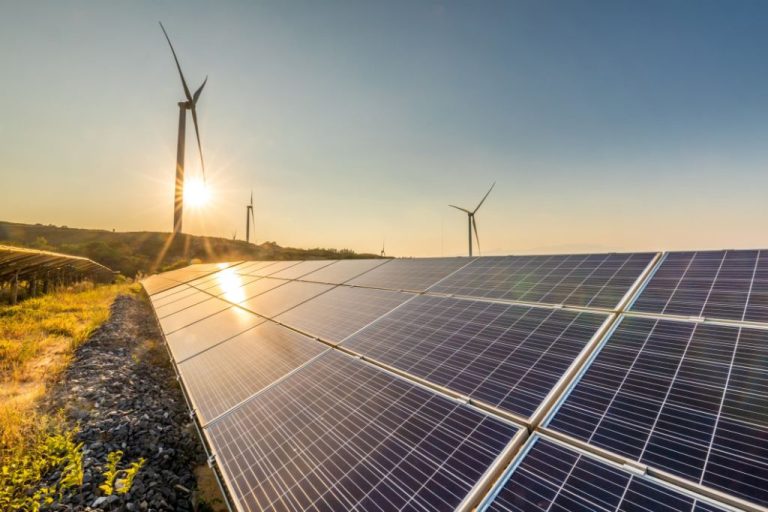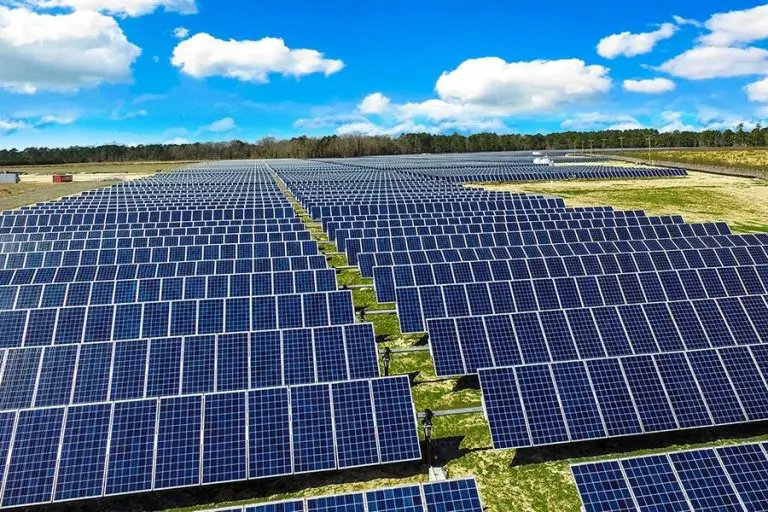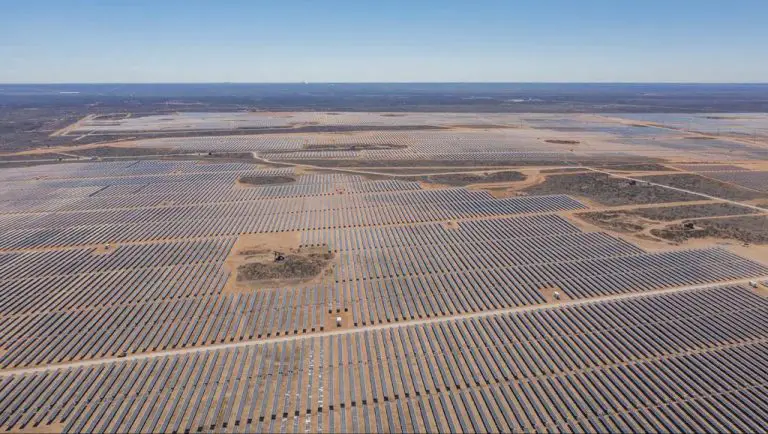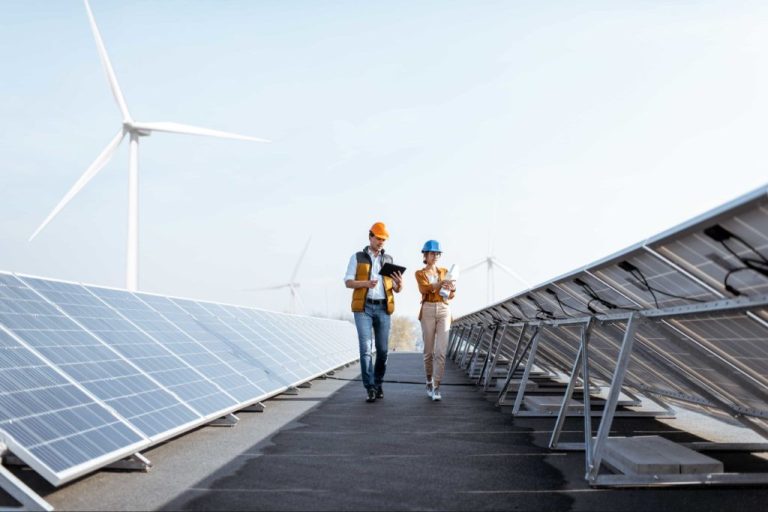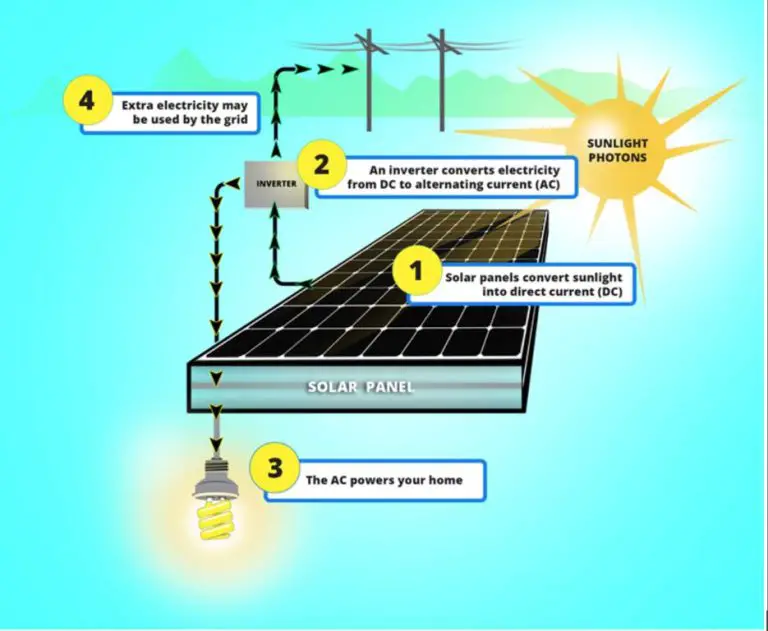Why Does China Have So Many Solar Panels?
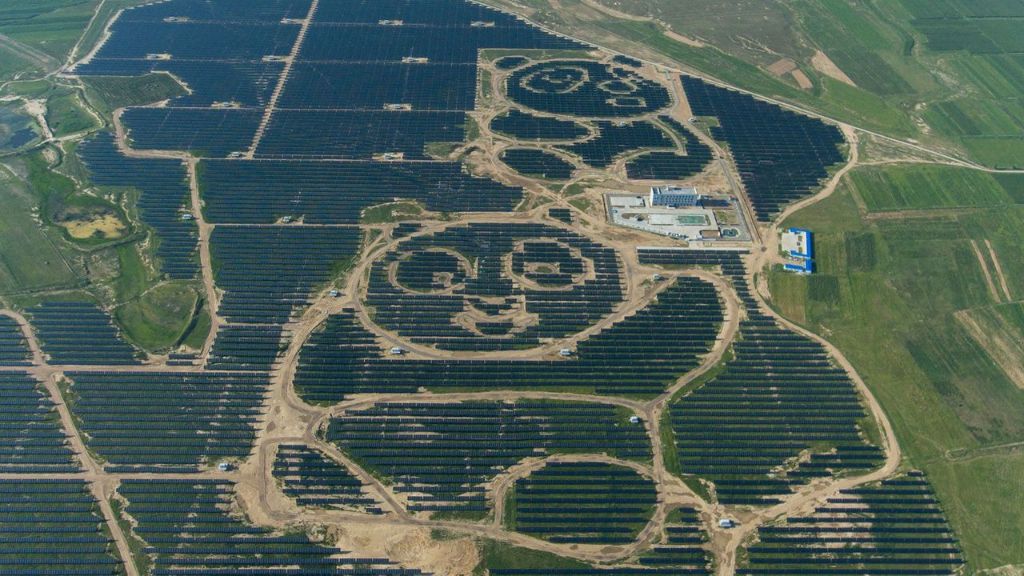
China has become the dominant global leader in manufacturing solar panels. The country now produces over 70% of the world’s supply of photovoltaic modules. This enormous scale of production is the result of heavy investments and strategic policies by the Chinese government over the past decade aimed at building up the nation’s solar industry.
The main factors that have allowed China to achieve such high levels of solar panel production include strong government support, low labor costs, economies of scale, an export focus, declining costs, and an edge over international competitors. As a result, China is now home to many of the world’s largest solar panel companies. The nation’s massive scale of solar panel manufacturing brings benefits like lower prices globally but also raises environmental concerns.
Government Support
The Chinese government has provided significant subsidies and incentives to support the growth of solar power in the country. According to a 2004 report from the National Renewable Energy Laboratory (https://www.nrel.gov/docs/fy04osti/36045.pdf), major financial incentives include direct subsidies, tax incentives, customs duties waivers, and preferential electricity pricing. The government views developing solar power as a strategic priority and has implemented policies and programs aimed at rapidly increasing generation capacity.
Some key government solar subsidies and incentives include funding for research and development, discounted lending rates, tax breaks, and payments for solar electricity fed into the grid. For example, China’s Golden Sun program provided upfront subsidies covering 50-70% of the capital cost for large-scale solar projects. The government has also waived value-added taxes and import tariffs on solar panels and materials.
According to Forbes (https://www.forbes.com/sites/michaelshellenberger/2021/05/19/china-made-solar-cheap-through-coal-subsidies–forced-labor-not-efficiency/), the U.S. gave a 30% investment tax subsidy to domestic solar makers in 2009, along with loan guarantees. However, China’s subsidies have been broader in scope and larger in amount.
Cheap Labor
One key reason for China’s dominance in manufacturing solar panels is the availability of low-cost labor. Chinese manufacturers are able to keep production costs low by employing large numbers of workers at substantially lower wages than in developed countries. According to a blog at https://public.substack.com/p/end-of-renewables-craze-is-near, China’s solar panel labor costs have been “very low to free”, partly due to labor being supplied from internment camps as part of China’s treatment of Uyghurs and other minorities. With an abundance of low-wage workers, Chinese factories can churn out huge volumes of solar panels at a competitive price globally. This cost advantage, combined with economies of scale and heavy government subsidies, has allowed Chinese manufacturers to undercut many competitors and enabled China to supply over 70% of the world’s solar panels as of 2020.
Economies of Scale
China has become the world’s largest producer of solar panels due to massive production capacity. According to this source, total solar panel production capacity in China in 2015 was more than 71 GW, and output was 45.8 GW. China has been able to achieve massive economies of scale in solar panel production through heavy government subsidies and investments in manufacturing capacity.
Export Focus
China has oriented a significant portion of its solar panel production towards overseas export markets. According to a report by Ember Climate, in the first half of 2023, exports of solar panels from China grew by 34%, with 114 GW shipped worldwide, compared to 85 GW in the same period last year Solar exports from China increase by a third – Ember Climate. Another report by Canary Media showed China’s export dominance has continued to grow in 2023, with exports in the first half up 34% compared to the same period in 2022, from 85 GW to 114 GW Chart: China’s solar export dominance grows with… – Canary Media.
China accounted for over 90% of global PV panel exports in 2022 according to BloombergNEF. The vast majority of solar panels produced in China are exported, with the U.S. and Europe being the largest destination markets. Domestic installation of solar in China accounted for only 30% of production in 2021, indicating most panels are built specifically for overseas export Solar energy in China – Statistics & Facts.
Competition
China has quickly dominated the global solar panel supply chain by edging out other countries. In the early 2000s, Germany and Japan led in solar panel production. However, China entered the market aggressively and leveraged advantages like low-cost labor, economies of scale, and heavy government subsidies (IEA). China rapidly expanded capacity and market share, underpricing competitors in Europe and America.
By 2011, Chinese companies controlled 50% of the global solar panel market, climbing to over 80% market share by 2020 (Visual Capitalist). China now produces over 70% of the world’s polysilicon and wafers, 80% of cells, and 90% of modules for solar panels (Reuters). The nation seems poised to dominate solar manufacturing for years to come.
Declining Costs
The costs of manufacturing and installing solar panels in China have dropped dramatically in recent years. According to a Reuters report, China’s solar panel production costs fell by 42% from 2022 to 2023, dropping to just 15 cents per watt. This represents a massive reduction compared to prices from only a few years ago.
Analysts cite several reasons for these plummeting prices. Chinese manufacturers have achieved significant economies of scale, allowing them to produce panels very efficiently. Technological improvements have also driven down costs. In addition, an oversupply of panels in China has led to increased price competition between manufacturers.
The extremely low prices for solar panels in China have enabled more widespread adoption domestically. They also give Chinese manufacturers a significant competitive advantage in exporting panels around the world. As solar power becomes increasingly cost competitive with fossil fuel energy, China’s leadership in low-cost panel production will likely accelerate global uptake of this renewable energy source.
Future Outlook
China is aiming to continue rapidly expanding its solar and wind energy capacity in the coming years. The country has set ambitious renewable energy targets, including generating 1,200 gigawatts of solar and wind power by 2025 and having non-fossil fuels account for 25% of its energy mix by 2030 (CNN). This would require installing on average 100-120 gigawatts of new solar and wind capacity per year.
To achieve these goals, China is expected to continue investing heavily in renewable energy infrastructure across the country. Major solar power bases are being developed in desert regions like Gobi and Xinjiang, which have ample sunlight. Onshore and offshore wind farms are also expanding, especially along coastal regions. Emerging technologies like floating solar farms and high-altitude wind energy systems are being tested as well.
However, China faces challenges balancing its renewable expansion with stability of the electrical grid. Times of high wind and solar production can lead to curtailment issues if the energy cannot be used or stored. As such, improvements in energy storage technology and management of the grid will be critical moving forward. Nevertheless, analysts project renewable energy will continue its rapid growth in China for the foreseeable future.
Environmental Impact
The rapid growth of solar panel manufacturing and installation in China has had both positive and negative environmental impacts. On the positive side, solar power generates clean renewable energy and reduces reliance on fossil fuels like coal that cause air pollution. According to the New York Times, China accounted for over 80% of new solar panel installations worldwide in 2021. This has helped China meet aggressive renewable energy targets and improve air quality.
However, the solar panel boom has also created environmental challenges. Manufacturing solar panels can involve toxic chemicals like lead and cadmium that require careful disposal. But Sixth Tone reports that China lacks clear regulations around solar panel recycling, raising concerns about soil and water contamination. There are also emissions and waste from mining raw materials like silicon used in panels. As China’s existing solar panels age and require replacement, proper e-waste disposal will become more critical. Overall, China must balance supporting renewable energy while managing the side effects of rapid solar expansion.
Conclusion
In summary, China has become the world’s largest producer and consumer of solar panels due to a combination of government policies, low labor costs, economies of scale, a focus on exports, and rapidly declining panel prices. The growth of China’s solar industry has helped drive down the global cost of solar power, making it more affordable and accessible worldwide. However, China’s dominance has also led to trade disputes and raised concerns about overreliance on Chinese solar technology. Looking ahead, China is likely to remain a solar superpower, though its market share may decline as other countries develop their own solar manufacturing capabilities. The rise of solar power in China has brought both opportunities and challenges when it comes to expanding the use of renewable energy globally.

